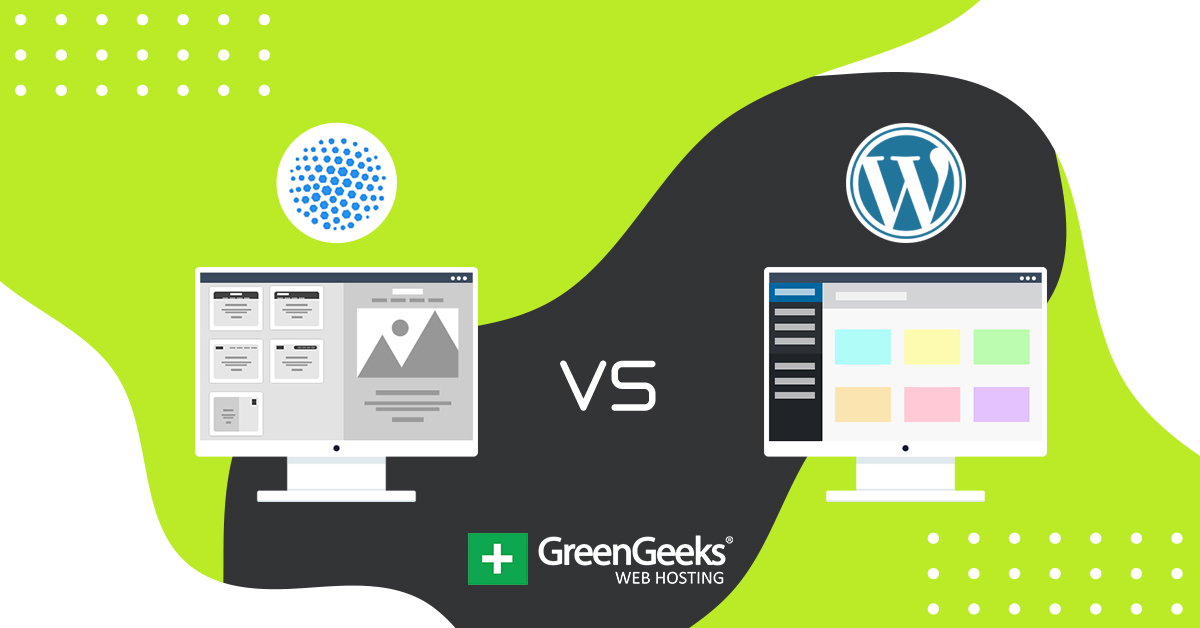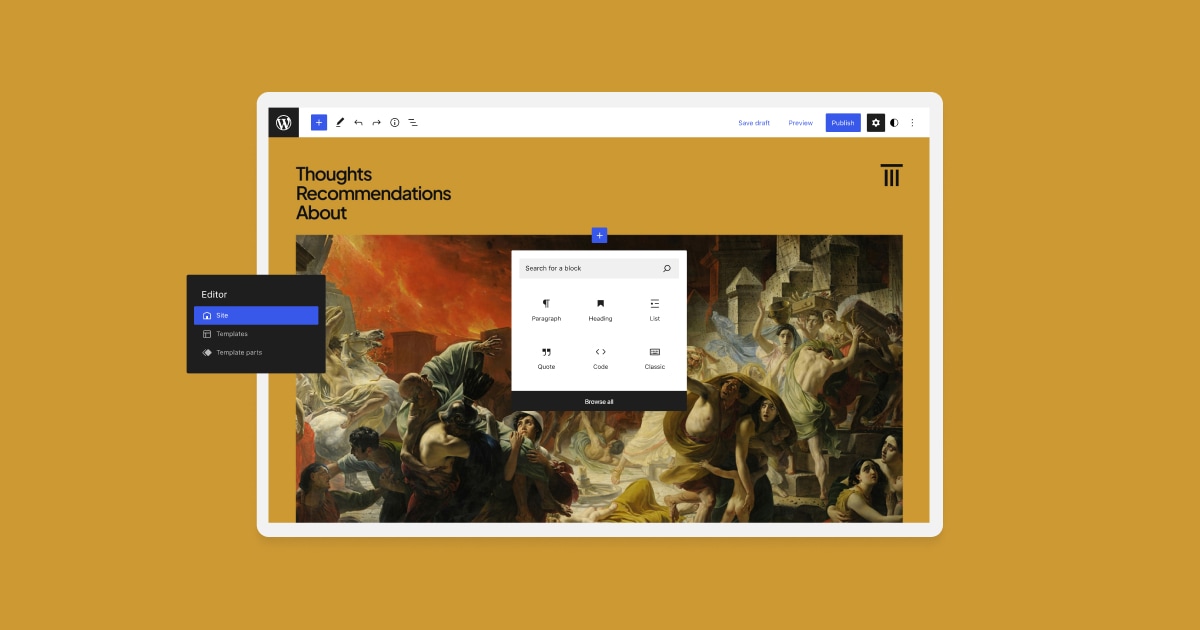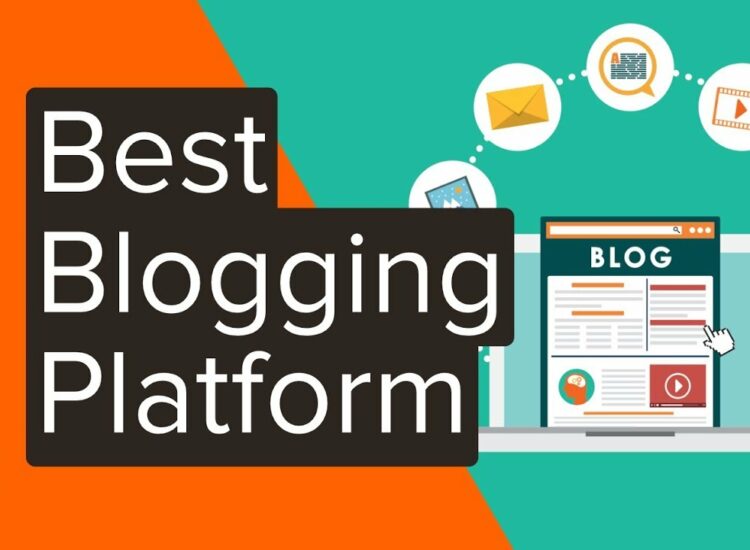WordPress is the ultimate blogging tool for anyone looking to start their own website or blog. With its user-friendly interface and customizable features, WordPress has become a go-to platform for bloggers, businesses, and organizations alike.
Toc
Introduction to WordPress Website Builder

In the world of blogging, having a robust and flexible website builder can be the key to success. WordPress has long been a favorite among bloggers, offering a powerful and user-friendly platform that caters to both novices and seasoned professionals. This article explores why WordPress stands out as the ultimate blogging tool, comparing it to other popular website builders, and providing tips for getting started.
What is WordPress Website Builder
WordPress Website Builder is an open-source platform that allows users to create and manage their websites with ease. It boasts a wide array of themes and plugins, enabling users to customize their site’s appearance and functionality to suit their specific needs. Additionally, WordPress offers robust SEO tools, helping users to optimize their content and rank higher in search engine results. The platform supports multimedia content, allowing bloggers to incorporate images, videos, and audio files seamlessly into their posts. With its extensive community support and regular updates, WordPress ensures that users always have access to the latest features and security enhancements.
Advantages and Disadvantages of WordPress Website Builder
Advantages:
- Ease of Use: WordPress is renowned for its intuitive user interface, which simplifies the process of creating and managing content. Even beginners with no coding experience can design and maintain a professional-looking website.
- Customization: With thousands of themes and plugins available, users can tailor their site to meet specific aesthetic and functional requirements. Whether it’s an e-commerce store, a personal blog, or a portfolio, WordPress can be customized to fit any purpose.
- SEO Friendly: The platform comes with built-in SEO tools and supports various SEO plugins, making it easier for users to optimize their content for search engines and improve their site’s visibility.
- Community Support: WordPress has a large and active community. This means users can easily find answers to their questions, troubleshoot issues, and receive regular updates for improved performance and security.
- Cost-effective: WordPress is a free platform, making it an affordable option for individuals and businesses looking to create a website on a budget.
Disadvantages:
- Learning Curve: Although WordPress is easy to use, mastering all its features and functionalities may take some time. Users with no prior experience in building websites may find the learning curve steep.
- Security Concerns: As an open-source platform, WordPress’s code is accessible to anyone, making it vulnerable to hacking attempts. Users must stay vigilant and regularly update their site’s security measures to prevent data breaches.
- Maintenance: As a self-hosted platform, WordPress users are responsible for maintaining their website, which includes updating plugins and themes, backing up content, and monitoring performance.
Comparison with Other Website Builders

When it comes to comparing WordPress with other website builders, several popular alternatives come to mind, including Wix, Squarespace, and Weebly. Each of these platforms has its own set of strengths and weaknesses, attracting different types of users based on their unique needs.
WordPress vs. Wix
Wix is known for its drag-and-drop interface, making it incredibly easy for users to build visually appealing websites without any coding knowledge. It’s an excellent choice for beginners who want a website up and running quickly. However, in comparison to WordPress, Wix offers less flexibility and fewer customization options. While WordPress provides access to thousands of plugins and themes, Wix’s selection is more limited, which can be a drawback for users looking for specific functionalities.
WordPress vs. Squarespace
Squarespace is another popular website builder that emphasizes beautiful design templates and ease of use. It’s well-suited for users who prioritize aesthetics and need a straightforward platform to showcase their work or run a small business. One of Squarespace’s standout features is its polished and professional templates that come mobile-ready. However, unlike WordPress, Squarespace operates on a subscription model and can become costly over time. Additionally, it lacks the extensive plugin ecosystem of WordPress, making it less flexible for those who require specific functionalities and customizations.
WordPress vs. Weebly
Weebly, similar to Wix, offers a drag-and-drop interface that simplifies the website creation process. It’s especially useful for small businesses and personal projects due to its straightforward setup and e-commerce capabilities. However, like the other alternatives, Weebly doesn’t match WordPress’s level of customization and scalability. WordPress’s ability to handle complex websites with extensive content makes it a better choice for users who anticipate their website growing in size and functionality over time.
Price Plans of wordpress website builder

When considering the price plans of WordPress, it’s essential to distinguish between WordPress.org (self-hosted) and WordPress.com (hosted by WordPress).
WordPress.org (Self-Hosted)
Using WordPress.org is free. However, there are costs associated with owning and maintaining a website, including:
- Hosting: Costs vary depending on the hosting provider and the plan you choose. Entry-level shared hosting can be as low as $3 to $10 per month, while more advanced plans like VPS or dedicated hosting can be significantly more expensive.
- Domain Name: Purchasing a custom domain typically costs around $10 to $15 per year.
- Themes and Plugins: While many themes and plugins are free, premium options are available for those seeking advanced features and customization. Premium themes average around $30 to $100, and plugins can range anywhere from $15 to $100 or more.
WordPress.com (Hosted)
WordPress.com offers several pricing tiers to accommodate different needs and budgets:
- Free: Includes basic features but comes with WordPress.com ads and limited customization options.
- Personal: Priced at $4 per month, billed yearly. This plan removes ads and includes a custom domain name, but customization options remain limited.
- Premium: At $8 per month, billed yearly. It provides additional customization, advanced design tools, and monetization options.
- Business: Priced at $25 per month, billed yearly. This plan offers advanced SEO tools, the ability to install third-party themes and plugins, and Google Analytics integration.
- eCommerce: At $45 per month, billed yearly. This plan is designed for online stores with the ability to accept payments from over 60 countries.
Tips for Getting Started with WordPress
Ready to start your blogging journey with WordPress? Here are some tips to help you get started:
Selecting the Right Theme
Choosing the right theme is crucial as it sets the tone and functionality of your site. Here are a few tips to help you make the right choice:
- Define Your Site’s Purpose: Consider the primary goal of your website. Is it a personal blog, a business site, or an e-commerce platform? Your theme should align with your site’s purpose and audience.
- Look for Responsiveness: With the increasing use of mobile devices, ensure the theme is fully responsive and looks good on screens of all sizes.
- Check for Customization Options: A flexible theme with plenty of customization options will allow you to tailor your site to meet your specific needs without diving into code.
- Evaluate Loading Speed: A theme that loads quickly can improve user experience and SEO. Avoid overly complex themes that may slow down your site.
- Consider Compatibility: Make sure the theme is compatible with the latest version of WordPress and supports popular plugins you plan to use.
- Read Reviews and Ratings: Check feedback from other users to gauge the theme’s overall performance and reliability.
Installing Essential Plugins
Once your theme is set, you’ll want to enhance your site’s functionality with essential plugins. Here are some recommended plugins to get started:
- Yoast SEO: This plugin helps you optimize your content for search engines, making it easier to improve your site’s visibility.
- Akismet Anti-Spam: Protect your site from spam comments with this powerful plugin.
- Jetpack: A versatile plugin that offers features like site statistics, security services, and content tools.
- WooCommerce: If you plan to run an online store, WooCommerce provides a comprehensive set of e-commerce tools.
- WP Super Cache: Speed up your site by generating static HTML files, reducing load times and improving performance.
- Contact Form 7: Create and manage contact forms with ease, enabling your visitors to get in touch with you directly.
Creating Quality Content
The cornerstone of any successful blog is high-quality content.
Tips for creating engaging blog posts:
- Understand Your Audience: Tailor your content to meet the interests and needs of your readers.
- Write Compelling Headlines: Attention-grabbing headlines can increase click-through rates and reader engagement.
- Use Visuals: Incorporate images, videos, and infographics to make your posts more appealing and easier to understand.
- Maintain a Schedule: Consistency is key. Regular updates keep your audience engaged and encourage them to return.
- Promote Your Content: Utilize social media, email newsletters, and SEO to reach a broader audience.
Illustrate an Examle of using wordpress website builder

Let’s walk through a simple example of setting up a personal blog using WordPress.com. This example will cover the basic steps from account creation to publishing your first post.
Step 1: Create an Account
To get started, visit WordPress.com and click on the “Get Started” button. You’ll be prompted to create an account by entering your email address, choosing a username, and setting a password. Once you’ve filled out the required information, click “Create your account” to proceed.
Step 2: Choose a Plan
After creating your account, you’ll be guided through the process of selecting a plan. For this example, we’ll use the free plan. However, feel free to choose a paid plan if you desire additional features and customization options.
Step 3: Pick a Domain Name
Next, you’ll need to select a domain name for your blog. This is the web address that visitors will use to access your site. On the free plan, your domain will be a subdomain of WordPress.com (e.g., yourblogname.wordpress.com). Type in your desired domain name and click “Continue” to see if it’s available.
Step 4: Select a Theme
WordPress.com will now prompt you to choose a theme for your blog. Browse through the available options and select a theme that fits your style and the purpose of your blog. Remember, you can always change your theme later if you decide on a different look.
Step 5: Customize Your Site
Once you’ve selected a theme, you can start customizing your site. Use the WordPress Customizer to modify elements such as the site title, tagline, colors, fonts, and layout. The Customizer allows you to see the changes in real-time as you make edits.
Step 6: Create Your First Post
With your site set up, it’s time to create your first blog post. Go to your WordPress dashboard and click on “Posts” > “Add New.” You’ll be taken to the post editor, where you can enter a title and start writing your content. Use the formatting tools to add headings, lists, images, and other media to enhance your post.
Step 7: Publish Your Post
When you’re satisfied with your content, click the “Publish” button to make your post live. WordPress will ask you to confirm the publish date and visibility settings. Once confirmed, your post will be available for the world to see.
Step 8: Promote Your Blog
To attract visitors to your new blog, share your posts on social media, engage with other bloggers, and use SEO best practices to improve your site’s visibility on search engines.
Congratulations! You’ve successfully set up and published your first blog post using WordPress.com. Continue creating quality content and promoting your blog to build a loyal readership.
Conclusion
WordPress stands out as the ultimate blogging tool due to its customization options, user-friendly interface, SEO-friendly design, mobile responsiveness, and strong community support. If you’re serious about blogging, WordPress provides everything you need to create a successful and engaging blog.
Ready to take your blogging to the next level? Try WordPress today and see the difference it can make. Join the millions of bloggers who have made the switch and never looked back. Get started with WordPress now!










